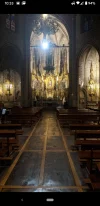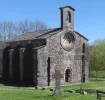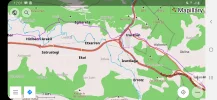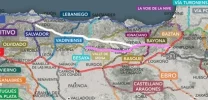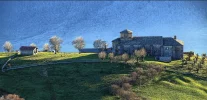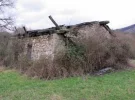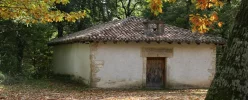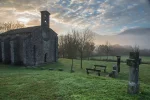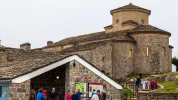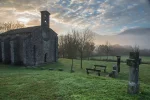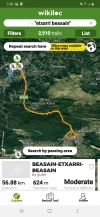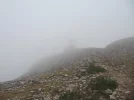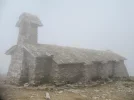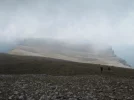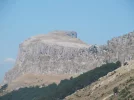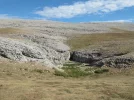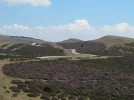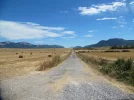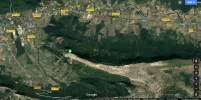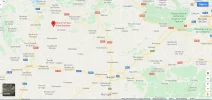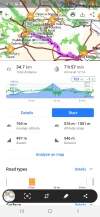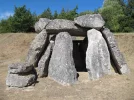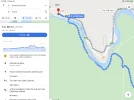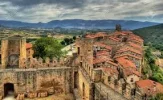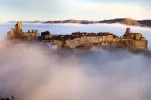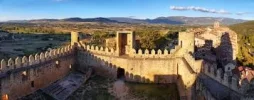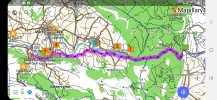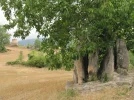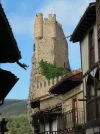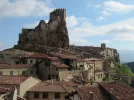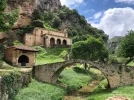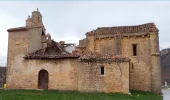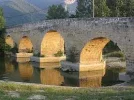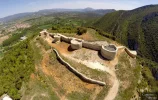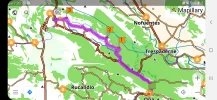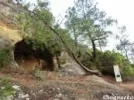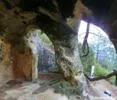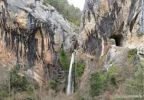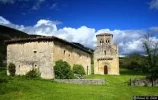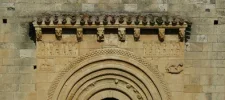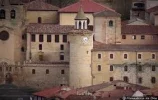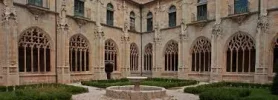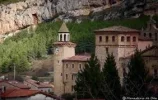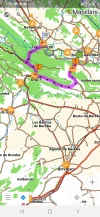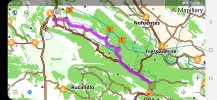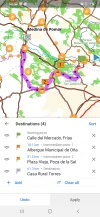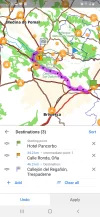- Time of past OR future Camino
- Various 2014-19
Via Monastica 2022
Primitivo 2024
Now that I have the hang of walking virtually after taking on the Invierno, I'm going to be more ambitous: next up is the combination of the Viejo and Olvidado from Pamplona to Ponferrada. I won't go any faster then I walk here everyday, so it will take a while (weeks? months?). As I go I'll post here, to pick the brains of everyone who's already walked.
First up is basic resources....
In addition to several bookmarked threads that I already have, here are my starting points as far as information goes:
Ender's guide:
 caminoolvidado.com
caminoolvidado.com
@peregrina2000's guide from Bilbao:
@caminka's guide from Pamplona:

 docs.google.com
docs.google.com
And of course:

 www.gronze.com
www.gronze.com
I have a wikiloc track that gets me as far as Miranda de Ebro, but then the adventure begins in earnest. @caminka posted a link to hers somewhere here on the Forum, but I did not bookmark them, alas...so now cannot find them.
If anyone knows where they are, or has resources I've missed, please sing out ~ thank you!
First up is basic resources....
In addition to several bookmarked threads that I already have, here are my starting points as far as information goes:
Ender's guide:
Camino Olvidado – Camino Olvidado
@peregrina2000's guide from Bilbao:
@caminka's guide from Pamplona:
Camino description VIEJO public 13.pdf
And of course:

Camino Viejo | Camino de Santiago | Gronze.com
El Camino Olvidado a Santiago o Camino de la Montaña o Camino Viejo es una ancestral ruta jacobea que desde Pamplona y Bilbao avanza por el norte del Camino Francés hasta unirse a éste en Cacabelos. El camino está hoy en día en fase de recuperación y son pocos aún los peregrinos que lo han...
I have a wikiloc track that gets me as far as Miranda de Ebro, but then the adventure begins in earnest. @caminka posted a link to hers somewhere here on the Forum, but I did not bookmark them, alas...so now cannot find them.
If anyone knows where they are, or has resources I've missed, please sing out ~ thank you!








